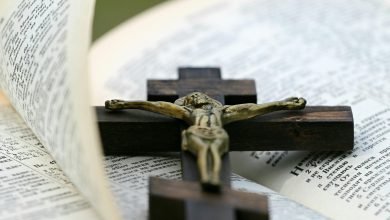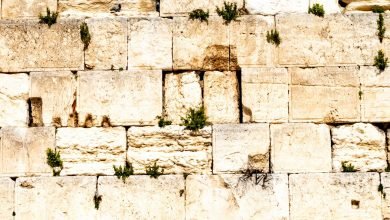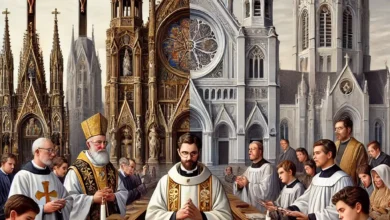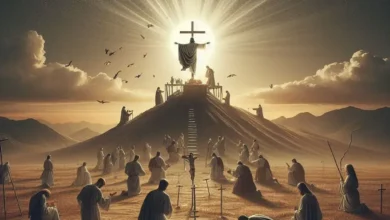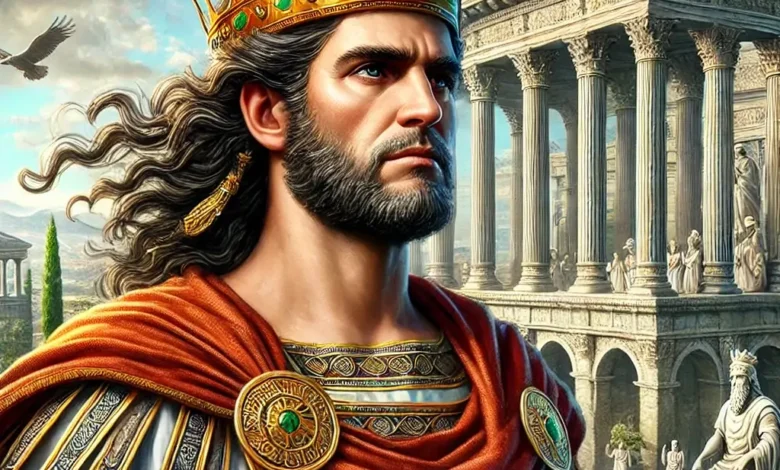
The king of the time of Jesus Christ: Herod the Great and his role in history
فرست محتوا
- 1 The King at the Time of Jesus Christ: Herod the Great and His Role in History
- 1.1 Who was Herod?
- 1.2 Background of Herod the Great
- 1.3 The Role of Herod the Great at the Time of Jesus Christ
- 1.4 Herod the Great and the Birth of Jesus Christ
- 1.5 The Massacre of Innocent Children by Herod the Great
- 1.6 Herod the Great’s Construction Projects
- 1.7 The Policies and Reign of Herod the Great
- 1.8 The Religious and Political Impacts of Herod the Great’s Reign
- 1.9 The Death of Herod the Great
- 1.10 The Legacy of Herod the Great
- 1.11 Herod’s Relationship with the Roman Empire
- 1.12 Herod’s Family and His Successors
- 1.13 Herod’s Influence on Jewish Society
- 1.14 Herod’s Economic Policies
- 1.15 Herod’s Legacy in Art and Architecture
- 1.16 Herod’s Downfall and the End of His Dynasty
- 1.17 Recent Archaeological Discoveries
- 1.18 Herod’s Influence on Regional Politics
- 1.19 Herod’s Approach to Cultural and Religious Diversity
- 1.20 Herod’s Military Strategies and Defense Policies
- 1.21 Herod’s Architectural Innovations
- 1.22 Herod’s Influence on International Trade and Commerce
- 1.23 Herod’s Health and Final Years
- 1.24 Herod’s Relationship with Neighboring Kingdoms
- 1.25 Herod in History and the Bible
- 1.26 Conclusion
- 1.27 Frequently Asked Questions (FAQ)
The King at the Time of Jesus Christ: Herod the Great and His Role in History
The King at the Time of Jesus Christ, Herod the Great, is one of the most well-known kings in the history of Judea. He played a crucial role in the history and politics of this region during the Roman Empire and is also associated with significant events such as the birth of Jesus Christ and the massacre of innocent children. In this article, we will examine the life, reign, and policies of Herod the Great and analyze his impacts on the history of that era.
Who was Herod?
Herod the Great was one of the most prominent kings of Judea during the Roman Empire. He ruled from 37 BC to 4 BC and played an important role in the political and economic developments of this region. As a king supported by the Romans, Herod was able to gain significant power and used this power to construct large and important projects throughout Judea.
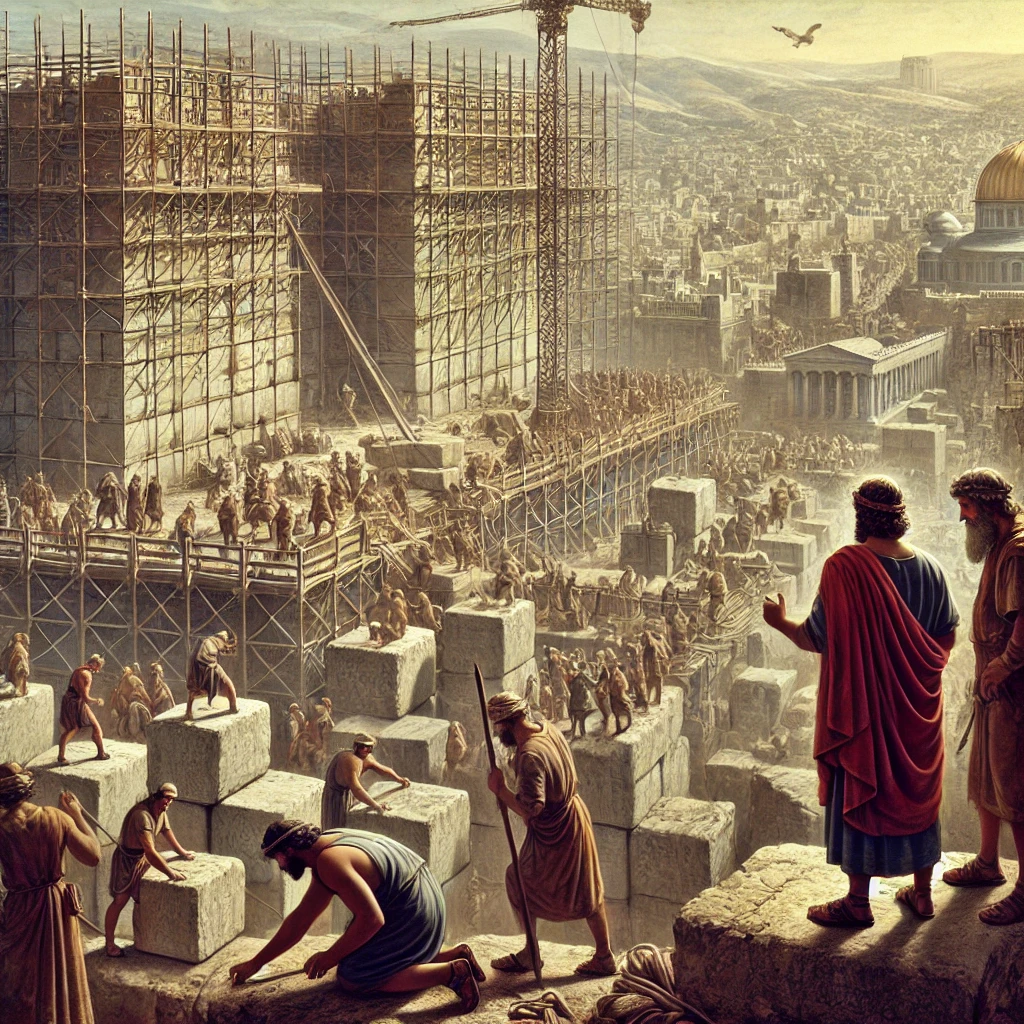
Background of Herod the Great
Herod the Great came from an Edomite family that had converted to Judaism during the Hasmonean rule. Herod’s father, Antipater, was one of the powerful advisors of the Hasmonean government. After his father’s death, Herod was able to ascend to the kingship of Judea with the support of Rome, especially with the help of Emperor Augustus. Herod quickly established his power through military and diplomatic policies.
Herod’s reign, marked by significant architectural projects, also saw tension with local Jewish leaders. Learn more about Herod the Great’s reign and his influence on the Roman-Judean relationship.
[caption id="attachment_8812" align="aligncenter" width="1024"]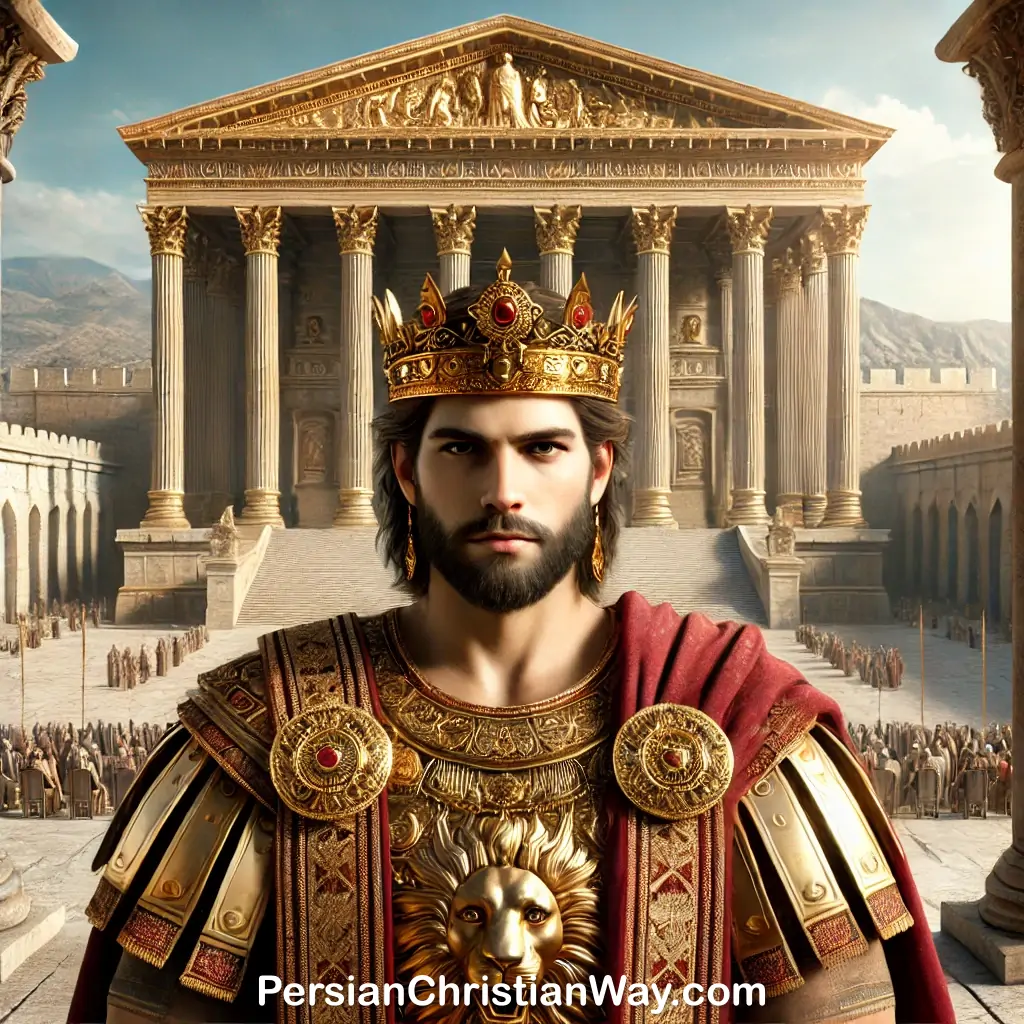 Herod the Great in Front of the Temple of Jerusalem
Herod the Great in Front of the Temple of JerusalemThe Role of Herod the Great at the Time of Jesus Christ
Herod the Great was one of the most important political figures at the time of Jesus Christ’s birth. Upon hearing the news of Jesus’ birth from three Magi who had come from the East to Jerusalem, Herod became extremely worried. He feared that this newborn could replace him as the new king of Judea and threaten his power. Therefore, Herod tried to find the newborn Jesus and destroy him.
| Topic | Details |
|---|---|
| Full Name | Herod the Great |
| Reign Period | 37 BC – 4 BC |
| Dynasty | Herodian Dynasty |
| Notable Construction Projects | Rebuilding of the Second Temple, Masada fortress, Caesarea port |
| Key Events | The Massacre of Innocents, Relationship with Rome, Support for Jewish leaders |
| Roman Influence | Heavily supported by Emperor Augustus and the Roman Empire |
| Economic Impact | Boosted trade and infrastructure with projects like Caesarea; imposed heavy taxes |
| Religious Significance | Reconstructed the Second Temple, but was unpopular among many Jews due to Roman influence |
| Death | Died in 4 BC after suffering from severe illnesses |
| Legacy | Massive architectural projects still admired today; controversial due to violent policies |
| Successors | Archelaus, Antipas, and Philip (sons), none matched his influence |
Herod the Great and the Birth of Jesus Christ
According to the Bible, when the three Magi came from the East to Jerusalem and announced the birth of the king of the Jews, Herod became very concerned. He summoned the Magi and asked them to report to him the location of the newborn after they found him. However, the Magi did not return to Herod after seeing Jesus due to divine inspiration. This story is mentioned in Matthew 2:1-16 and well describes Herod’s role at that time.
The Massacre of Innocent Children by Herod the Great
One of the ruthless actions of Herod the Great was the order to massacre innocent children in Bethlehem. When the Magi did not return to him and did not inform him of Jesus’ birthplace, Herod decided to kill all boys under the age of two in the Bethlehem area. This event is known as the “Massacre of Innocent Children” and is considered one of the most horrific events during his reign. This incident is mentioned in Matthew 2:16.
The Massacre of Innocents is one of the most infamous events in Herod’s rule, explore more about this event and its historical context here.
Herod the Great’s Construction Projects
Herod the Great is known as one of the prominent kings of antiquity due to his massive construction projects. One of his most important projects was the reconstruction of the Second Temple in Jerusalem, which achieved greater splendor and magnificence than its predecessor. Additionally, the construction of strongholds like the fortress of Masada and the development of the port city of Caesarea were other significant actions of his. These projects not only showcased his power but also greatly contributed to the economic prosperity of Judea.
The Policies and Reign of Herod the Great
Herod the Great was able to strengthen his power and reign in Judea by establishing strong relations with the Roman Empire. He was always supported by the Romans and, in exchange for this support, imposed heavy taxes on the people of Judea. By suppressing any rebellion and dissent, he was able to maintain his rule. Herod’s domestic policies were based on strengthening the army, constructing important infrastructure, and creating an information network to control the people.
The Religious and Political Impacts of Herod the Great’s Reign
Herod the Great’s reign had numerous impacts on the religious and political issues of the region. On one hand, by reconstructing the Second Temple in Jerusalem, he sought to present himself as a king supportive of the Jewish religion. On the other hand, he was despised by many Jews due to his support for Rome and submission to the empire’s policies. Herod tried to balance these two conflicting aspects (supporting Rome and maintaining his position among the Jews), but this issue caused a deep rift in Judean society.
The Death of Herod the Great
Herod the Great died in 4 BC. His severe and painful illnesses in the last years of his life weakened him significantly and ultimately led to his death. After his death, the territory of Judea was divided among his three sons, but none were able to achieve his power and influence. After Herod’s death, the political and economic situation in Judea faced many problems, and the Roman Empire exerted more control over the region.
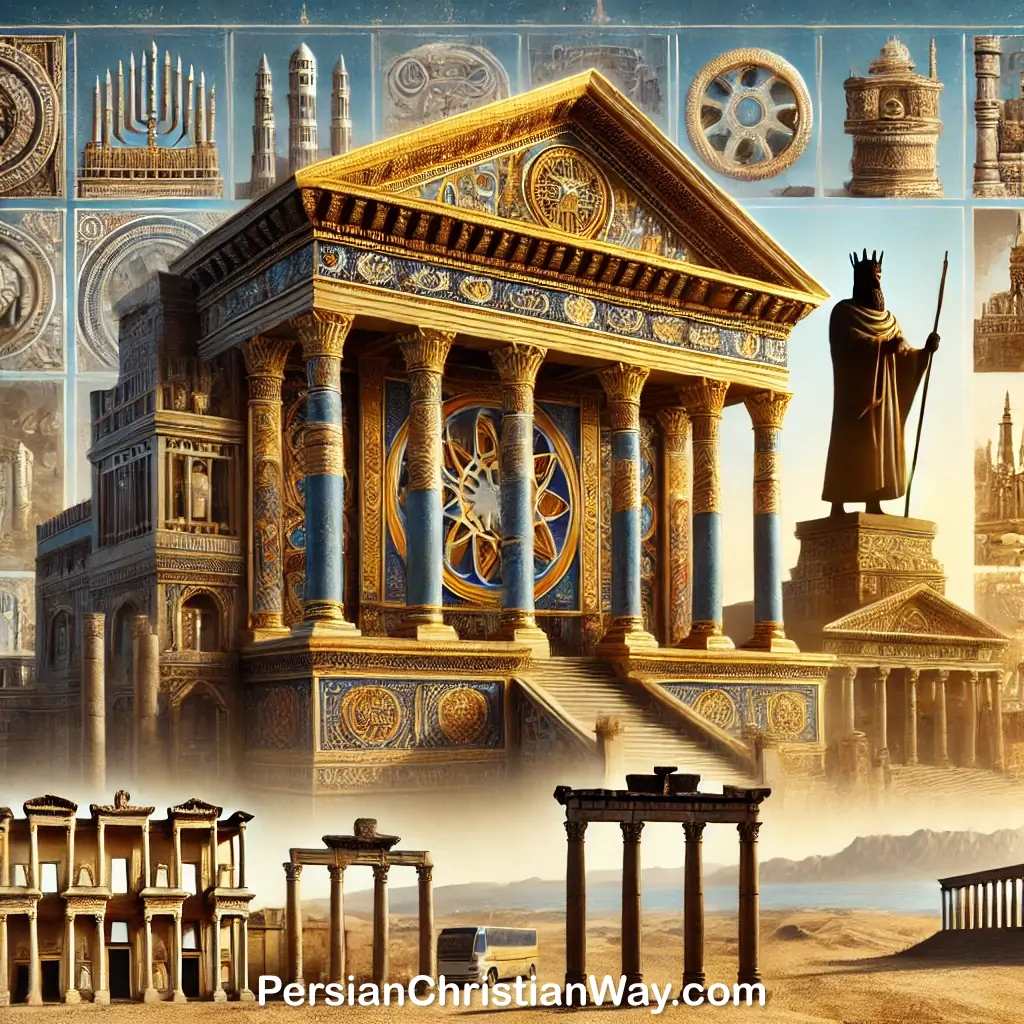
The Legacy of Herod the Great
Herod the Great is remembered in history for his massive construction projects. The Second Temple in Jerusalem, the fortress of Masada, and the port of Caesarea are among his legacies that remain to this day. Although he faced severe criticism for his violent policies and the massacre of innocent children, his impact on Judea’s infrastructure and his role in the history of this region are undeniable.
Herod’s Relationship with the Roman Empire
Herod the Great’s success as a ruler of Judea was closely tied to his strong relationship with the Roman Empire. His reign was characterized by loyalty to Roman rulers, particularly Emperor Augustus and Mark Antony. Herod not only maintained peace in Judea but also managed to secure autonomy over local affairs, provided that he upheld Roman interests. This alliance allowed Herod to enjoy both military support and political legitimacy.
Herod’s Family and His Successors
Herod the Great’s complex family dynamics played a significant role in shaping the politics of Judea. His marriages to multiple women, including Mariamne of the Hasmonean dynasty, were often driven by political motives. Herod had numerous children, some of whom he executed due to paranoia about threats to his rule. After his death, his kingdom was divided among his sons Archelaus, Antipas, and Philip. However, none of them were able to maintain the same level of control or political influence as their father.
Herod’s Influence on Jewish Society
While Herod was known for his massive building projects, his reign also brought significant cultural changes to Jewish society. He introduced Hellenistic elements into Judean life, which created tension between traditional Jewish customs and the Greco-Roman influence. Herod’s policy of Romanization, including the introduction of Roman-style architecture and entertainment, alienated many Jews, especially the Pharisees and Essenes, who viewed these changes as a betrayal of Jewish traditions.
Herod’s Economic Policies
Herod’s reign saw a period of economic prosperity in Judea. Through the construction of major infrastructure, including roads and ports, he improved trade routes and bolstered the region’s economy. His most notable achievement in this regard was the development of the port city of Caesarea Maritima, which became a hub for international trade. Herod’s imposition of taxes on the population was heavy, but it also financed many of the grand projects that are remembered today.
Herod’s Legacy in Art and Architecture
Herod the Great left a profound impact on the art and architecture of Judea. His blend of Roman, Hellenistic, and Jewish styles is evident in the surviving monuments from his reign. The expansion of the Second Temple in Jerusalem is not only a religious symbol but also a reflection of Herod’s ambition to leave a lasting architectural legacy. Additionally, his palaces, such as the one at Herodium, are known for their grandeur and engineering marvels, some of which still draw admiration from modern archaeologists and tourists.
Herod’s Downfall and the End of His Dynasty
Despite his political and economic achievements, Herod’s reign ended in personal tragedy and paranoia. In his later years, he became increasingly suspicious of his own family, leading to the execution of several of his sons and his beloved wife Mariamne. This atmosphere of fear and betrayal weakened his dynasty. After Herod’s death, the territory of Judea fell into chaos, and the influence of Rome grew stronger, leading to the eventual direct control of the region by Roman governors.
Recent Archaeological Discoveries
In recent years, numerous archaeological discoveries have shed light on Herod’s reign. Excavations at Masada, Herodium, and Caesarea have revealed intricate mosaics, Roman baths, and fortifications that provide insight into Herod’s architectural prowess. These findings continue to enhance our understanding of the grandeur of Herod’s projects and the influence of Roman culture on his rule.
Herod’s Influence on Regional Politics
One of Herod the Great’s most significant impacts was his ability to navigate the complex political landscape of the Eastern Mediterranean. His reign marked a period of relative stability in a region historically plagued by conflict. By maintaining strong ties with the Roman Empire, particularly with Emperor Augustus, Herod was able to secure political autonomy for Judea while still being recognized as a loyal client king. His skill in diplomacy extended to neighboring regions as well, where he managed to maintain peaceful relations with other rulers, securing the borders of Judea and expanding trade networks. This political stability allowed Judea to prosper economically, particularly through his ambitious infrastructure projects.
Herod’s Approach to Cultural and Religious Diversity
Herod’s reign was marked by his pragmatic approach to the religious and cultural diversity of his kingdom. Despite being a ruler of a predominantly Jewish territory, Herod actively integrated Hellenistic and Roman elements into the local culture. He sponsored the construction of Roman-style amphitheaters and bathhouses, while also supporting the traditional Jewish practices by enhancing the grandeur of the Second Temple in Jerusalem. This delicate balancing act between Roman influence and Jewish tradition, however, alienated some Jewish groups, leading to tensions with sects like the Pharisees and Essenes, who viewed his policies as a threat to Jewish identity. Nonetheless, Herod’s vision of a cosmopolitan Judea played a crucial role in shaping the cultural landscape of the region.
Herod’s Military Strategies and Defense Policies
Herod the Great was also known for his strategic military acumen. He established a formidable army, comprised of both Jewish and foreign soldiers, which allowed him to suppress revolts and maintain order within Judea. Herod’s defensive strategies were most clearly seen in his construction of fortresses such as Masada and Herodium, which not only served as military outposts but also as royal palaces. These strongholds provided Herod with secure locations in times of internal conflict or external threat. His ability to defend the kingdom while expanding his influence made him one of the most militarily capable rulers of his era.
Herod’s Architectural Innovations
Beyond his political and military achievements, Herod the Great was also an architectural visionary. His projects, such as the construction of the port at Caesarea Maritima, utilized cutting-edge engineering techniques, including the use of hydraulic concrete, which allowed structures to be built directly in the sea. The port became one of the largest in the Roman Empire and a crucial hub for trade between Judea and other Mediterranean territories. These innovations highlight Herod’s desire not only to demonstrate his power through monumental buildings but also to leave a lasting legacy of architectural advancement.
Herod’s Influence on International Trade and Commerce
Herod the Great’s reign saw a significant expansion in international trade and commerce. His strategic location at the crossroads of major trade routes in the ancient world allowed him to develop Judea into a hub for trade between the East and the West. Herod’s ambitious infrastructure projects, particularly the construction of the port city of Caesarea Maritima, played a vital role in enhancing trade. The port became one of the largest in the Mediterranean and facilitated the exchange of goods such as spices, textiles, and luxury items between Judea and the Roman Empire. This boost in commerce not only enriched Herod’s treasury but also contributed to the economic prosperity of the region during his reign.
Herod’s Health and Final Years
In the final years of his life, Herod the Great suffered from a series of debilitating illnesses. Historical accounts describe his condition as a combination of chronic pain, fever, and mental instability. His deteriorating health, coupled with increasing paranoia, led him to make several drastic decisions, including the execution of close family members he suspected of plotting against him. Herod’s death in 4 BC, which was marked by intense physical suffering, ultimately left a power vacuum in Judea, leading to political instability and increased Roman control over the region. His failing health serves as a reminder of the challenges of ruling a vast and diverse kingdom in ancient times.
Herod’s Relationship with Neighboring Kingdoms
Herod the Great maintained a complex network of alliances and rivalries with neighboring kingdoms. His relationship with the Nabataean Kingdom to the south, for example, was marked by both conflict and cooperation. Early in his reign, Herod married a Nabataean princess, but tensions arose over territorial disputes. Herod also maintained diplomatic ties with the Parthian Empire to the east, balancing their influence with that of Rome. These relationships were critical to Herod’s ability to secure his borders and ensure the stability of his kingdom. By navigating these diplomatic challenges, Herod demonstrated his political acumen in managing the external threats facing Judea.
Herod in History and the Bible
Herod the Great is one of the important figures addressed in both history and the Bible. His role in the story of Jesus Christ’s birth and the massacre of children is mentioned in the book of Matthew. Additionally, in ancient history, he is recognized as one of the great and builder kings of the era. Many archaeological findings from his reign have been discovered, which help better understand his era.
Conclusion
Herod the Great, as the king of Judea at the time of Jesus Christ’s birth, is one of the key figures in the history of this period. He rose to power and maintained it through violent and repressive policies, but at the same time, by executing large construction projects, he left his name in the history of Judea. His role in the story of Jesus Christ’s birth and the massacre of innocent children is remembered as one of the greatest tragedies of this historical period.
Frequently Asked Questions (FAQ)
1. Who was Herod the Great?
Herod the Great was the king of Judea at the time of Jesus Christ’s birth. He ruled from 37 BC to 4 BC and is known for his authoritarian policies and massive construction projects.
2. What role did Herod the Great play in the birth of Jesus Christ?
Herod the Great became concerned about the birth of Jesus Christ as the “king of the Jews” and tried to find his birthplace and destroy him. This story is recounted in Matthew 2.
3. What construction projects did Herod the Great undertake?
Herod the Great undertook major construction projects such as the reconstruction of the Second Temple in Jerusalem, the construction of the fortress of Masada, and the development of the port of Caesarea, which remain as his legacy.
4. What was the massacre of innocent children by Herod?
When Herod could not find the birthplace of Jesus, he ordered the killing of all boys under the age of two in Bethlehem. This act is recognized as one of the brutal actions of his reign.


